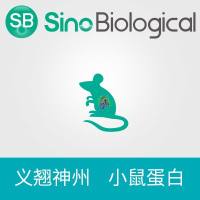Stripe assays are frequently used for studying binary growth decisions of cells and axons towards surface-bound molecules in vitro. In particular in the fields of neurodevelopment and axon guidance, stripe assays have become a routine tool. Several variants of the stripe assay have been developed since its introduction by Bonhoeffer and colleagues in 1987 (Development 101:685–696, 1987). In all variants, however, the principle is the generation of a structured binary growth substrate, consisting of two sets of cues, arranged in alternating stripes. There are two major classes of stripe assays, mainly distinguished by the source material used for stripe pattern manufacturing: membrane stripe assays, where the stripe patterns are generated with membrane fractions isolated from tissue or cells, and stripe assays with purified proteins, also called modified stripe assays. In this chapter we describe in detail the classical membrane stripe assay, the commonly used modified stripe assay employing purified proteins, and a novel stripe assay for high-affinity interacting proteins, like receptor/ligand pairs.






